Suwannee Blue-Eyed Grass – 6 Pack Of 1 Gallon Pots
$139.97 Original price was: $139.97.$99.99Current price is: $99.99.
SKU: D2LSC 0652047310 Category: NATIVE PLANTS
- Elevate Your Shopping Experience
- Get Quality, Get More
- 7-Day Returns, 100% Quality
- Protect Your Wallet with Safe Payments

Suwannee Blue-Eyed Grass
Sisyrinchium angustifolium ‘Suwannee’
Plant Details
USDA Plant Hardiness Zones: 6a-9b Find Your Zone
Plant Type: Perennial
Height at Maturity: 8-10″
Width at Maturity: 12″
Spacing: 12″ mass plantings
Growth Habit / Form: Upright, Clumping
Growth Rate: Fast
Flower Color: Sky Blue with Yellow Eye
Flower Type: Single
Flower Size: Small
Flowering Period: Late Spring to Early Summer
Fragrant Flowers: N/A
Foliage Color: Dark Green
Fragrant Foliage: No
Berries: No
Sun Needs: Full Sun or Shade
Water Needs: Average to Low
Soil Type: Clay, Loam, Sand, Silt
Soil Drainage: Moist But Well Drained to Dry or Wet!
Soil pH: 5.0 – 7.0 (Acid to Neutral)
Maintenance / Care: Very Low
Attracts: Visual attention
Resistances: Deer, Disease, Drought (when established), Heat, Humidity, Insect, Rabbit, Wet Soils
Description
A cute little North American native perennial, Sisyrinchium angustifolium ‘Suwannee’ is a super-floriferous Blue-eyed grass discovered in Madison County, Florida on the banks of the Suwannee River. Out of all the varieties we’ve ever grown none rival the flower power of Suwannee. LOADS of sky-blue flowers nearly cover the 8 to 10 inch tall clumps in late spring. What’s more…this one grows in almost any conditions, from sunny and dry to shady and wet sites.
Landscape & Garden Uses
Growing 8 to 10 inches tall and 12 inches wide, Suwanee Blue-eyed Grass is a perfect choice for use as an accent in small garden spaces or as a border edger along garden beds or paths and walkways. It looks great around rocks and boulders around the garden pond or as a grassy-textured and colorful accent in combination container gardens. A fine addition to ornamental grass gardens and blue theme gardens.
Suggested Spacing: 12 inches for mass plantings; 24 inches or more for space between plants
Growing Preferences
Suwannee Blue-eyed Grass is very easy to grow in most any moist to wet or even dry soil of average fertility and full sun to shade. Can be grown in pots that are situated at the margins of the garden pond. Essentially maintenance free. It slowly naturalizes into clumps by spreading roots but is not invasive at all. We rarely fertilize or prune it. In areas that experience colder winters the foliage may need to be groomed or cut back to the ground before new growth emerges in spring.
Helpful Articles
Plant as you would Sweet Flag (Acorus)…
How To Plant And Care For Sweet Flag Acorus Plants
How To Measure Total Square Feet Of A Planting Area
How Many Plants Needed To Cover A Planting Area?
Plant Long & Prosper!
Meet The Wilson Brothers & Staff
Questions? Contact Us!
Be the first to review “Suwannee Blue-Eyed Grass – 6 Pack Of 1 Gallon Pots” Cancel reply
Related products
Sale!
Sale!
Sale!
NATIVE PLANTS
Sale!
NATIVE PLANTS
Sale!
NATIVE PLANTS
Sale!
NATIVE PLANTS
Sale!
NATIVE PLANTS
Sale!
NATIVE PLANTS

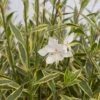

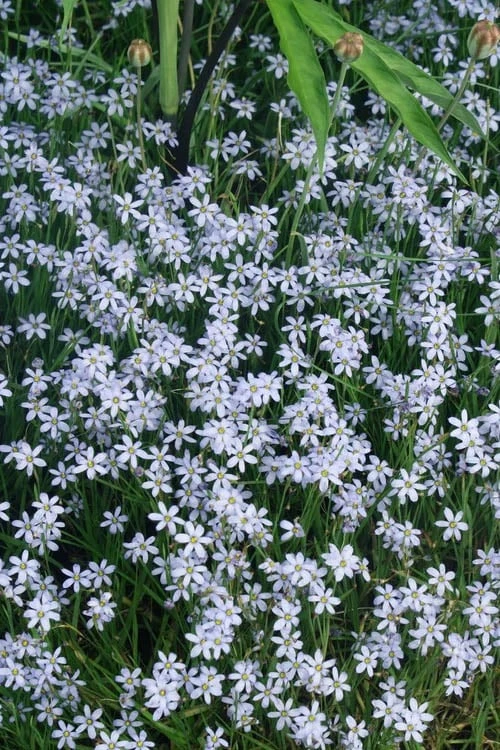
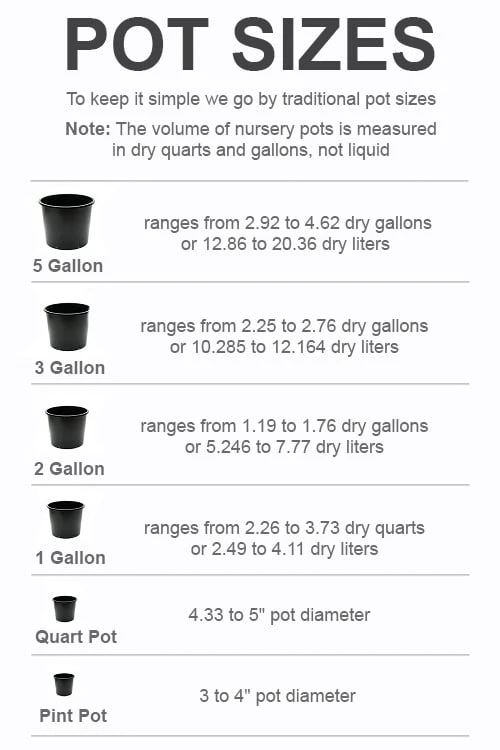
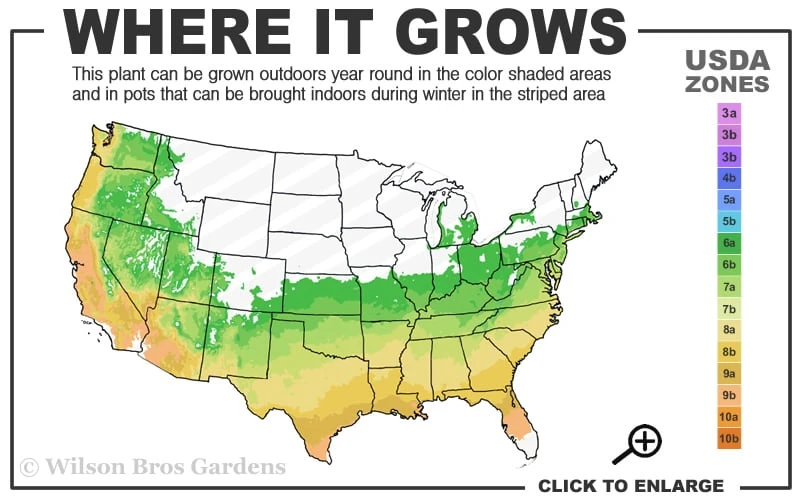
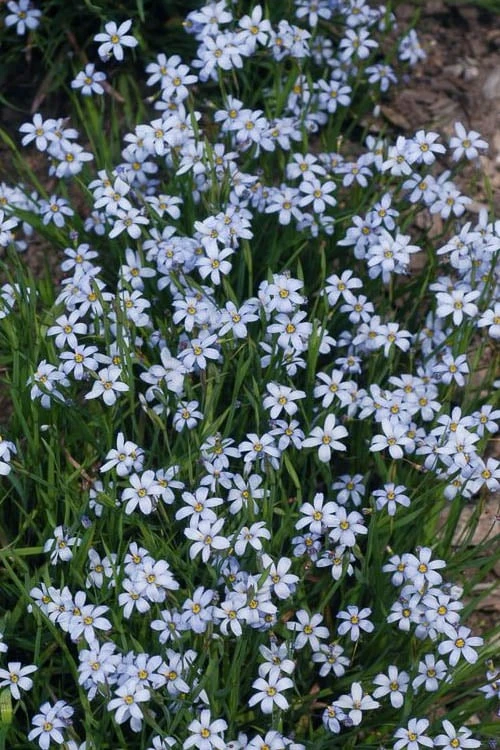

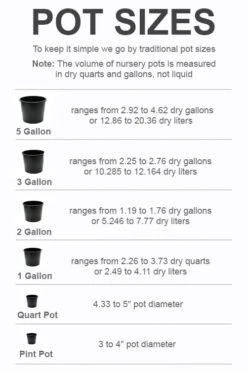


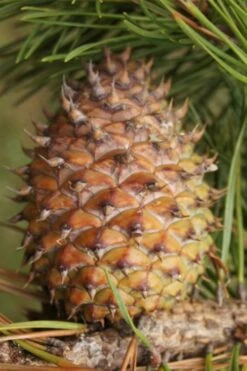

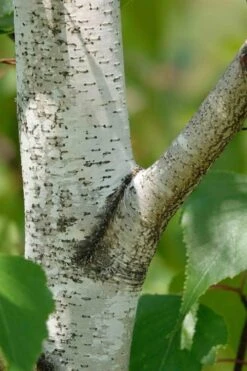

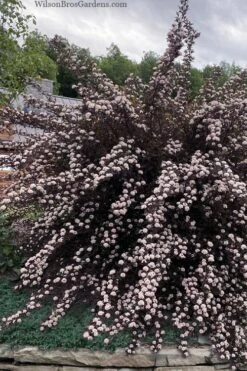
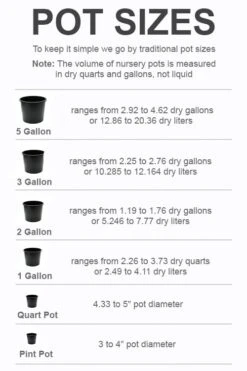
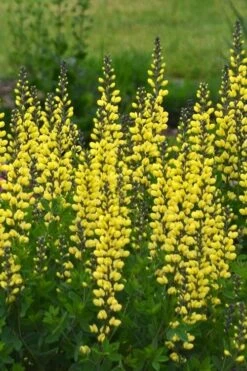

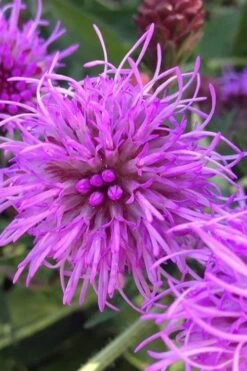

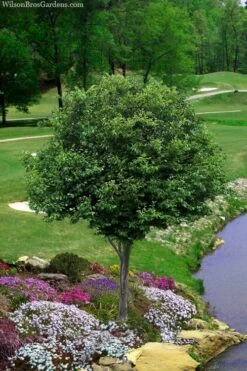
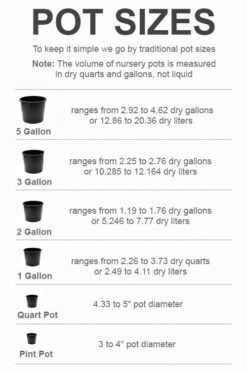


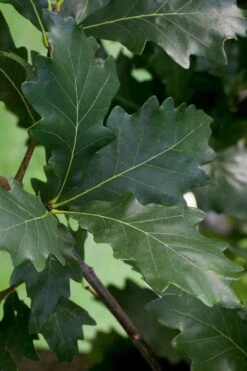
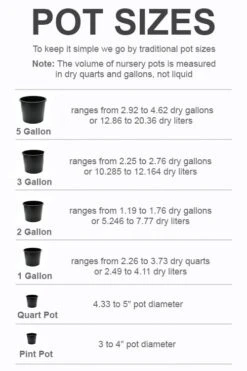
Reviews
There are no reviews yet.